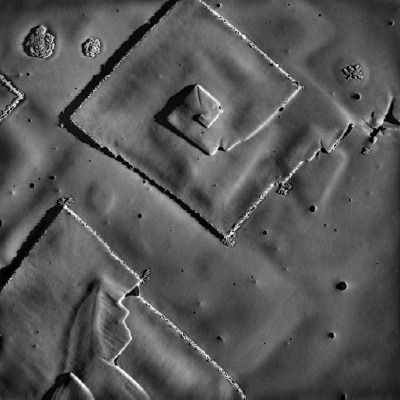I spent an interesting afternoon last Tuesday in the Royal College of Art spending some time with the students on the Interaction Design course, who are just beginning a project on nanotechnology. This department began life focusing on Computer Related Design, applying the lessons of fine art and graphic design to human centred design for computer interfaces, but it’s recently broadened its scope to a wider consideration of the way people and societies interact with technology. It’s in this context that the students are being asked to visualise possible nanotechnology-based futures.
My host for the visit was the Head of Department, Tony Dunne, the author of (among other works) Hertzian tales and Design Noir
. He uses the space between industrial design, conceptual art and social theory to question the relationship between technology and society; on his appointment to the RCA he wrote “Interaction Design can be a test space where designers engage with different technnologies (not just electronics) before they enter the market place, exploring their possible impact on everyday life through design proposals – from a variety of perspectives: commercial, aesthetic, functional, critical, even ethical. I believe we need to educate designers to a higher level than we presently do, if they are to have a significant and meaningful role to play in the 21st Century and not just sit at the margins producing pleasant distractions”
To see why this approach to design might be useful for nanotechnology, take a look at the Nanofactory animation made by John Burch and Eric Drexler to illustrate their vision of the future of nanotechnology. Making no judgements for the moment about its technical feasibility, its worth looking at the symbolism of this vision. What’s striking about it is how amazingly conservative it is. The nano-fabricator itself looks like an upmarket bread-making machine, while the final product is a palm-top computer that could in design terms have come from your local PC World. It’s worth contrasting this vision with the much more radical vision of manufacturing outlined in Drexler’s original book Engines of Creation, which imagined a rocket motor growing, as if from a seed, in a huge tank of milky fluid. I’m sure this retreat to a more conservative, and less challenging, vision, was deliberate, and part of the attempt to defuse the”grey goo” controversy. If we are going to be prepared for what technological change brings us, we are going to need some more challenging visions of future artefacts, and I look forward to seeing the radical concepts that the design students come up with.
